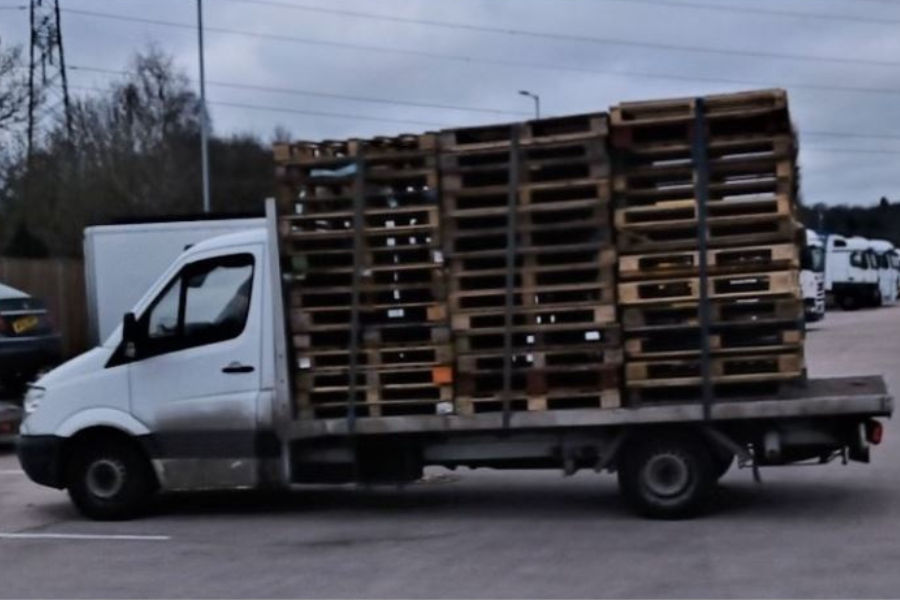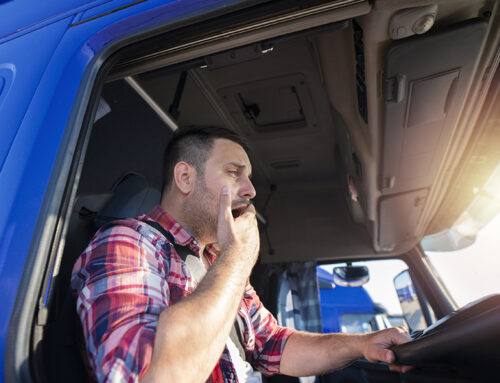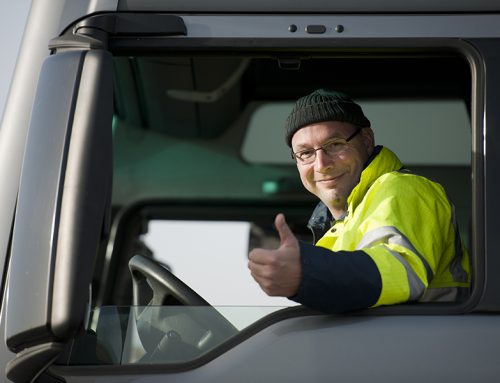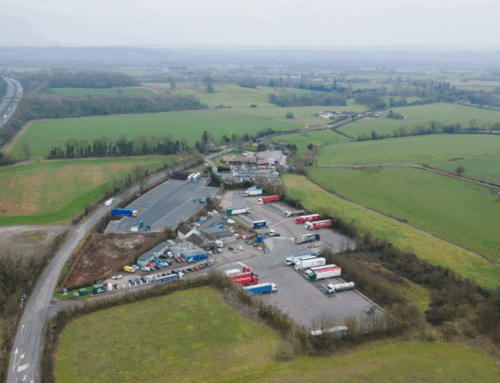In 2022, over 62,000 items fell off vehicles onto the strategic road network (SRN). They included mattresses, sheds, ratchet straps and loads of timber. This flying and messy debris is a two-foldhazard – it can strike other vehicles or road users when it leaves the vehicle,and it presents an obstruction of the road which could cause collision.
In other words, insecure loads cause injury, death and delays. Ensuring loads are safe and secure is a legal obligation which rests, ultimately, on the driver. Employers are responsible for making sure employees understand the need to secure loads, how to secure loads and how to correctly use and secure all the equipment this might involve. Too often drivers are left to handle load safety without adequate equipment, instruction or oversight. Unfortunately, it’s still their job – and even if someone else has loaded the vehicle, the driver must check and approve the load security.
What should a driver check?
•That loads can’t slip sideways, backwards or forwards
•That all straps, buckles, ropes or chains are fastened securely and cannot move or trail when the vehicle moves.
•That the load doesn’t exceed the plated gross weight of the vehicle
•That the load is spread across the axles in accordance with manufacturer instructions
•That the load doesn’t overhang. There are specific rules covering this.
•Are there any hazardous substances in the load–and are they in compliance with the relevant legislation?
Safe loading – things to remember
•The force of moving objects is many times greater than their force when stationary.This means that a restraint which is adequate for something standing still will not necessarily be adequate once the vehicle is moving.
•People are ‘loads’ too. Always use seatbelts.
•Liquid loads will need specific attention to the risk of spillage. Spills are a hazard for oncoming traffic but can also be very damaging to public health, infrastructure, and the environment. They can also create issues with vehicle stability as fluids move.
•Personal items, tools, fire extinguishers and lunchboxes – it all needs strapping down in case it strikes a passenger.
•Vehicles should be properly specified for the load in question; the restraint equipment should be appropriate to the load; and drivers should be trained in its use.
•Do not rely on trailer curtains alone to hold a load, even if they are EN XL rated.
•Don’t carry anything you don’t need – it’s a waste of fuel and one more thing to secure.
The laws on safe loading
Fleet operators and drivers both have a responsibility under regulation 100 of the Road Vehicles (Construction & Use) Regulations 1986 to make sure that loads are properly secured.
The wording is deliberately general to cover the huge array of goods which may be transported by road, saying that no item should be able to fall or be blown off. The Health and Safety Executive (HSE) has extensive guidance on safe loading.
The penalties for insecure loads
DVSA issues 2,000 prohibitions a year for insecure loads. Enforcement agencies see insecure loads as a priority road offence because it is so very dangerous. Drivers can receive three penalty points, but if referred to court then the potential fine is unlimited.
Police and the Driver and Vehicle Standards Agency (DVSA) traffic officers can also apply a prohibition to a vehicle which means that the driver has 60 minutes to make the load safe, or he will not be allowed to continue on his journey.
If a fleet vehicle with an unsafe load causes injury or death in a collision, the fleet operator is likely to be investigated and potentially held responsible, as well as the driver.






